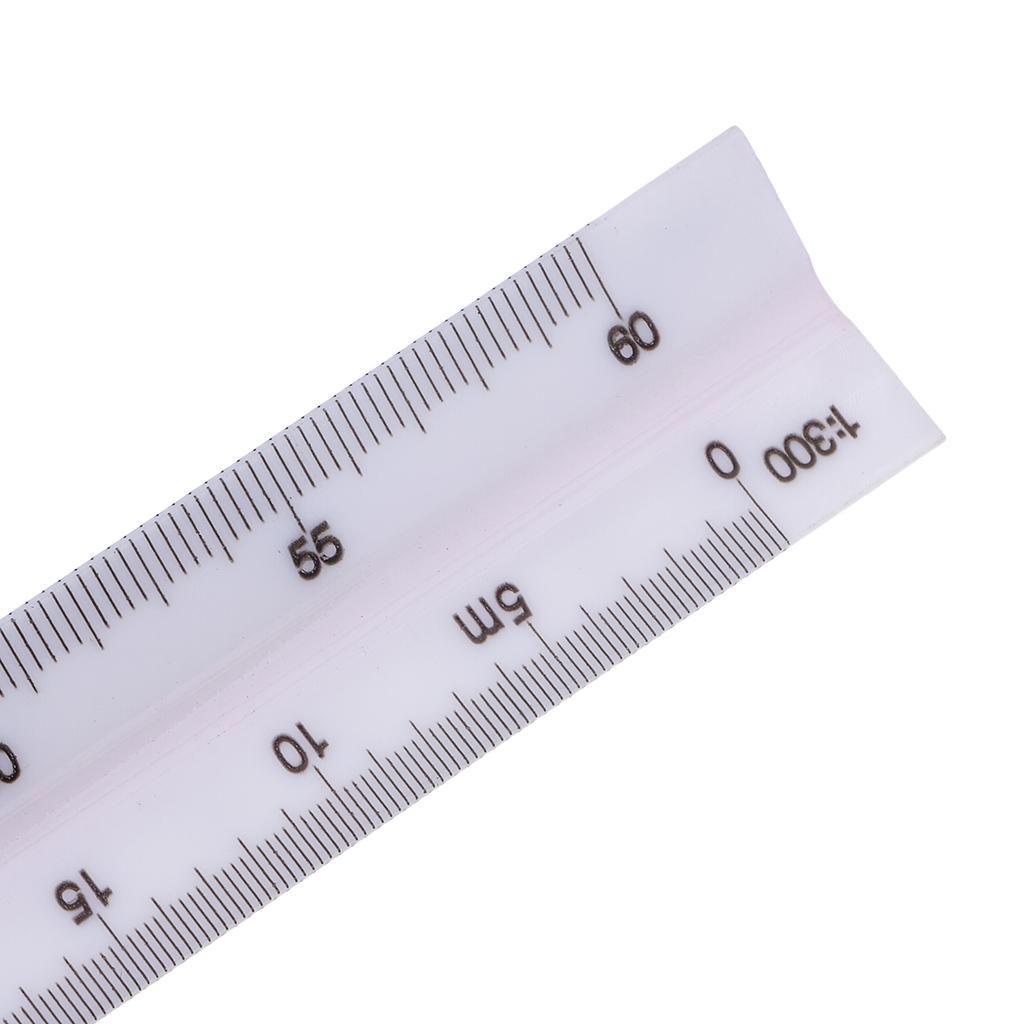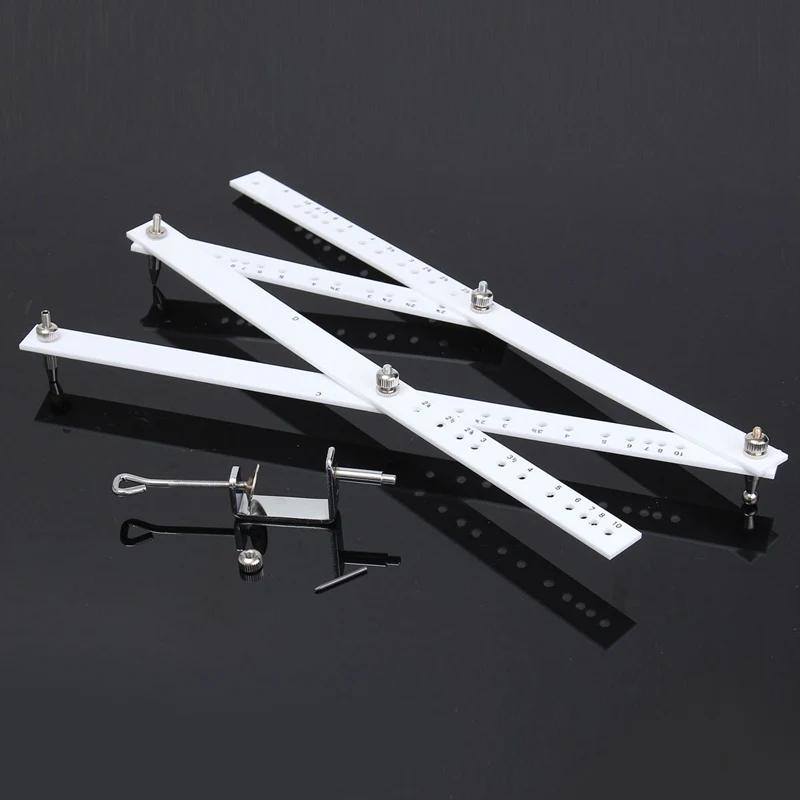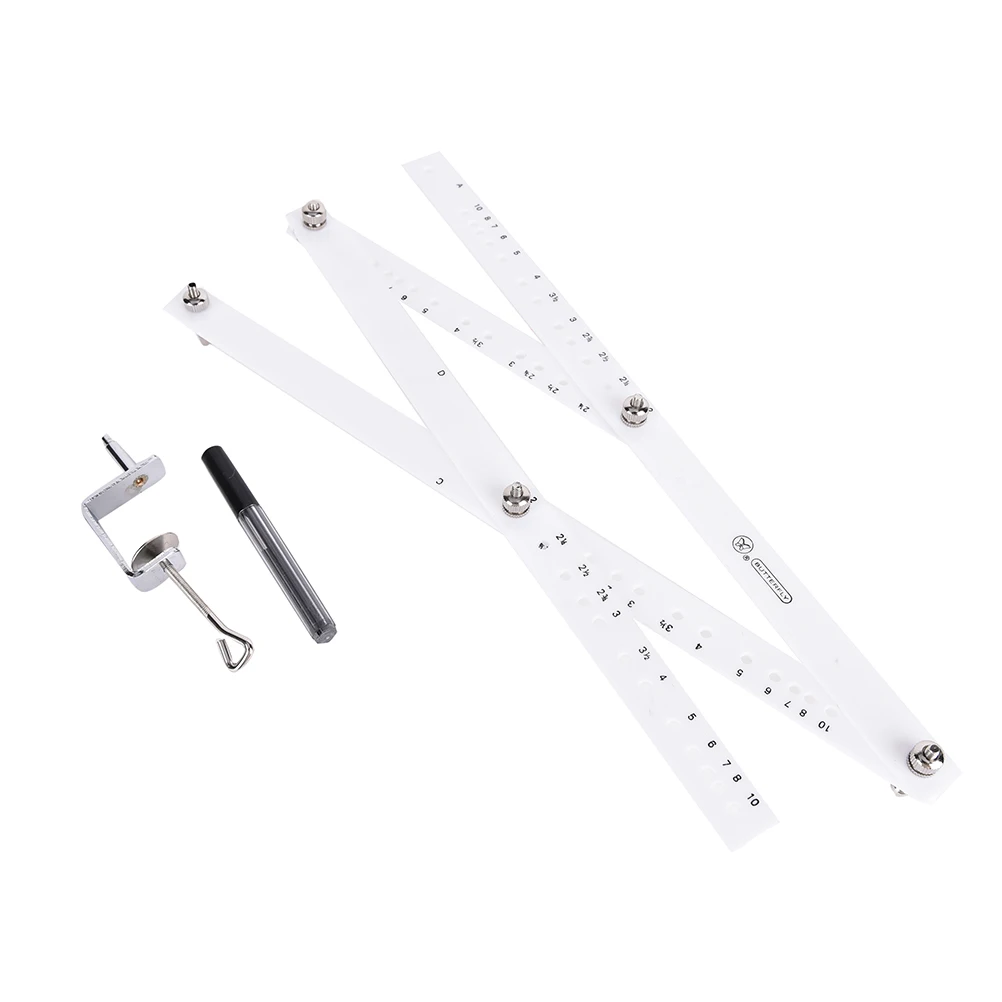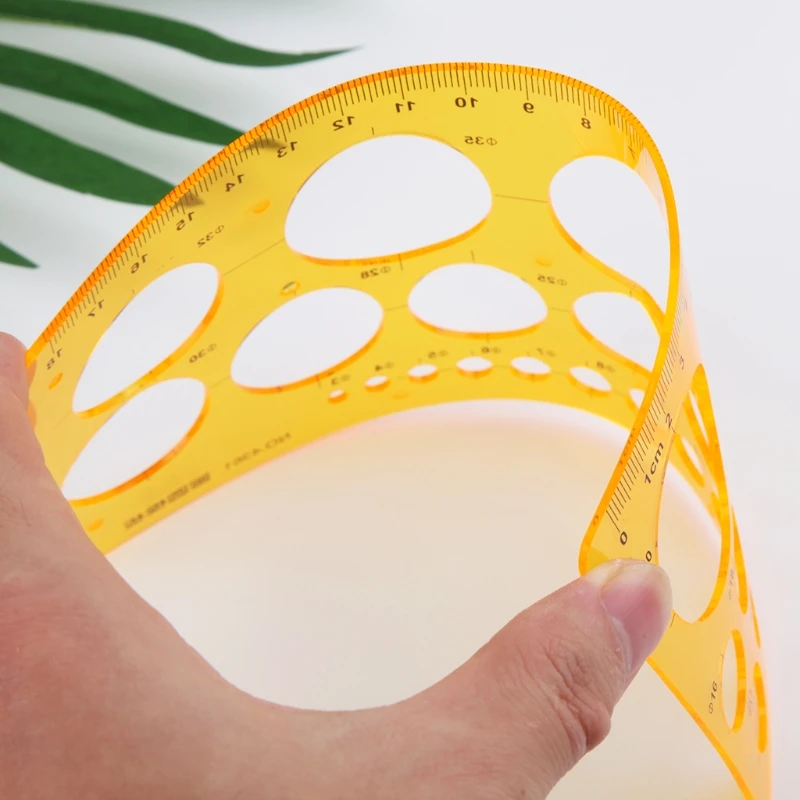
They’re especially useful if you’re designing for a specific device or screen size.
#Sketch ruler tool how to#
How to use ArtboardsĪrtboards are completely optional, but handy for creating fixed frames on the Canvas to create your work in. Once you’ve created pages, you can drag Artboards or layers within the Layer List from one Page to another in the Pages panel. You can drag Pages to change their order, or Control-Click on a Page to duplicate or delete it. You can also collapse your list of Pages using and use a drop down menu to navigate between them instead. To create a new Page, click on the add button at the top of the Layer List, and give your new Page a name.Ĭlick on the Page you want in the Layer List to navigate to it, or press Fn ↑ or Fn ↓ to jump between them.
#Sketch ruler tool mac#
Using multiple pages can also help to improve the Mac app’s performance with complex documents.

They’re handy for organizing your work, for example to create a new page for each iteration, or to split complex designs into multiple pages by dedicating a page to each area. You can use as many Pages as you like in your Sketch document. Adjust the height of a text layer will also snap the bounding box to the last line of text. This also works when you’re resizing a layer that’s overlapping another.įinally, when you insert or move text layers, they’ll snap to the height or width of nearby layers. When you resize a layer, if there are similar layers nearby we’ll show you if they have a similar width or height. If you have two or more layers next to each other, and move another near to them, we’ll highlight their distance and automatically snap that layer to distribute them all equally. How snapping and Smart Guides workĪs you move or insert layers and Symbols on the Canvas, the Mac app will automatically show you measurements against nearby layers, as well as Smart Guides that help you snap to a nearby layer’s centre or edges. Tip: To hide and show layout grids, press ⌃ L on your keyboard. When you have a layout grid set up, layers will snap to it and ignore the Mac app’s Smart Guides.

You can edit the layout options for multiple Artboards at the same time. You can only apply grids to Artboards, or to the Canvas if there aren’t any Artboards on it. To set up a layout grid, choose View > Canvas > Layout Settings… or press ⌃ ⌘ L and use the options that appear to choose the number of columns and rows, their widths, gutter widths and colors. Tip: To hide and show regular grids, press ⌃ G on your keyboard Layout grids To change its settings (the size of the cells, how often thicker lines appear and the color of the lines), choose View > Canvas > Grid Settings… or press ⌃ ⌘ G. To set up a square grid, choose View > Canvas > Show Grid or press ⌃ G. You can view both at the same time if you need to. The Mac app supports two types of grid a regular (square grid) and a layout grid. To remove all of your guides together, Control-Click one of the rulers and select Remove All Vertical Guides or Remove All Horizontal Guides, respectively. To remove horizontal guides, drag them to the top or bottom of the current window.

To remove a vertical guide completely, drag it right towards the Layer List or Inspector until your cursor changes and the guide disappears. You can move a guide by clicking and dragging on it inside a ruler. Guides will be visible when your rulers are and if you move a layer on your Canvas it will snap to the nearest guide. You can click anywhere on a ruler to create a guide. To reset your rulers’ origins, choose View > Canvas > Reset Ruler Origin or Control-click on the rules and choose the same option from the context menu.Ĭlicking the lock icon will stop any accidental ruler movements. To lock them in place, click the lock icon in the corner.

You can click and drag on your rulers to set their zero origin anywhere you like on the canvas. The Mac app hides rulers by default, but you can show them by selecting View > Canvas > Show Rulers or pressing ⌃ R. Select View > Canvas > Show Pixel Grid on Zoom, or press ⌃ X, to see any edges of your layers that don’t align with the Pixel Grid once you zoom in past 600%.Īn image showing the pixel grid in the Mac app (v90 July 2022) How to use Rulers If you’re working on a design where it’s important to be able to see individual pixels, select View > Canvas > Show Pixels on Zoom or press ⌃ P to enable Pixel Zoom and view individual pixels when you zoom in past 100%. The Mac app measures layers in points - where one point is equal to one pixel on the Canvas - and when you export, you can scale things to different resolutions. It’s resolution independent and you can zoom infinitely to work at any level of detail. By default, you’ll view the Canvas in vector mode.


 0 kommentar(er)
0 kommentar(er)
